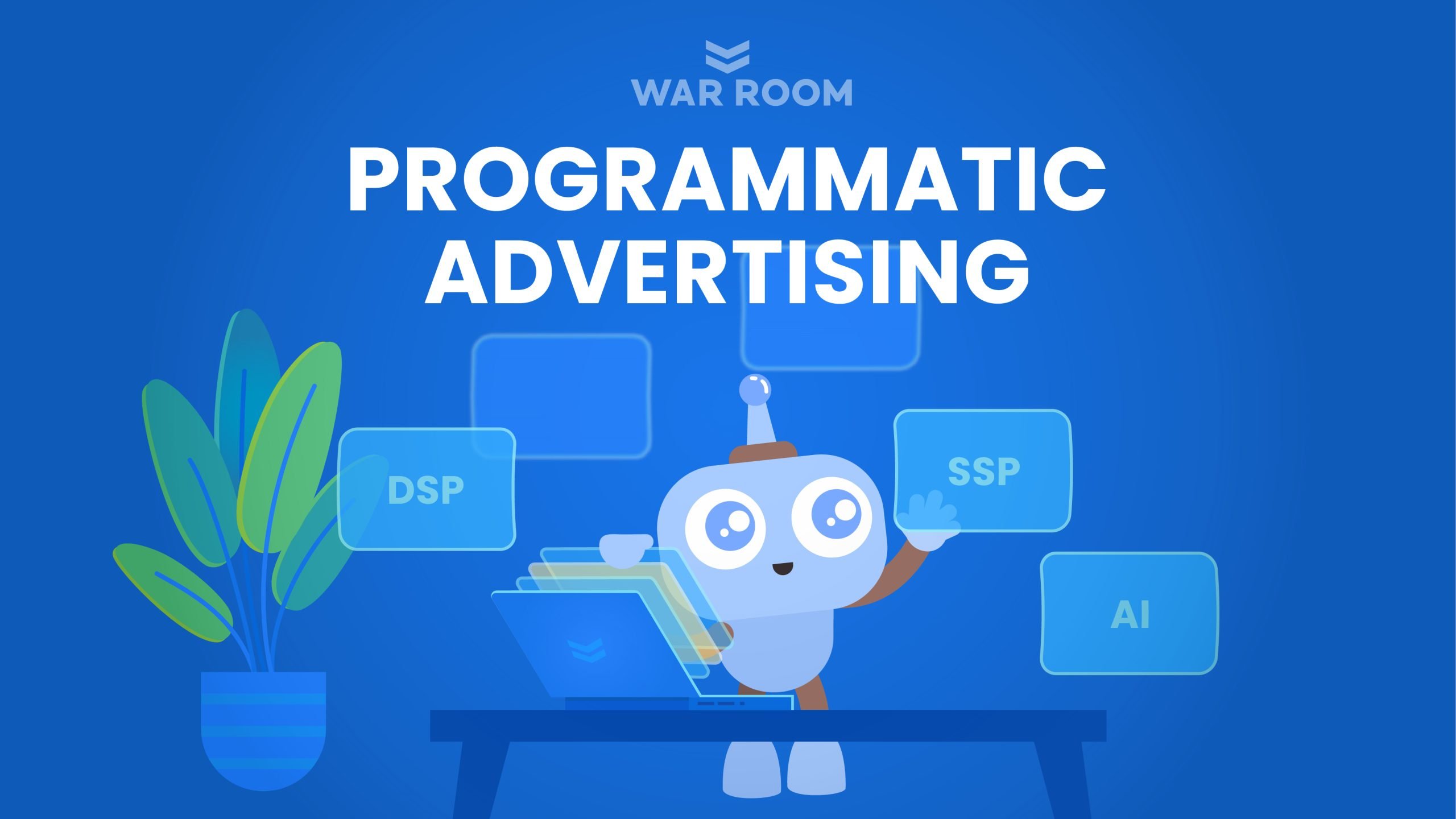Scrolling through reels and watching videos has become a common pastime, and there’s a good chance you’ve watched at least one video today. Savvy brands capitalize on this, integrating their ads into content people regularly consume, maximizing online engagement.
This article discusses video advertising and why you must create one for your brand. For inspiration, we’ve also curated standout ads from top brands, analyzing their unique strategies and goals for you.
What Is Video Advertising?
Video advertising is a marketing strategy that uses video content to promote products, professional services, or programs played before, during, or after streaming online videos and prominently distributed via key mediums, like social media, connected TV, apps, and the web.
Video ads usually last 15 or 30 seconds, but now, many brands use five-second reels, especially on social media. The five main types of video ads include:
- In-stream ads
- In-feed video ads
- Bumper ads
- Outstream ads
- Masthead Ads
Why Is Video Content Important and How to Create One
Video advertising is a handy marketing tool, offering a range of benefits that propel brand performance and visibility. These include:
- improving visibility and reach
- boosting engagement
- increasing website visits
Diving in a bit deeper, online video advertising doesn’t just stop at getting your brand noticed; it’s also about converting casual viewers and habitual scrollers into potential customers.
Don’t worry. Creating cool videos for your video advertising is much easier now, and you can start by using royalty-free videos. There are ready-made clips for free to make your videos look professional with no legal or licensing entanglements.
Or why not leverage stock footage to weave diverse themes and ambiances, ensuring your content isn’t just seen but felt? Crafting a tale that resonates deeply with viewers ensures your brand’s voice and message resonate powerfully with your audience.
And don’t forget about your video’s voice talent. If you don’t have someone who can offer their voice to you, consider using a tool like LOVO.ai to take advantage of life-like AI voices.
You can also utilize recruitment software to find people who can assist you in creating interactive material and making the necessary changes.
7 Great Examples of Video Advertising
1. Internet Explorer
The ad captivates with vibrant visuals of quintessential 90s stuff—Tamagotchis, floppy disks, and the unmistakable Sony Walkman—all bathed in popping pastel hues. It’s more than a visual treat; it’s a heartfelt trip down memory lane.
Why this works: The ad is laser-focused on those who grew up during Internet Explorer’s golden age. The ad evokes emotions similar to reuniting with a childhood friend, and Internet Explorer uses this “bond” to rekindle a connection with its original users and revive brand loyalty.
The ad uses the power of creative storytelling in video advertising, enhanced by dramatic narrations and a powerful crescendo. If you want to craft a memorable ad script, AI text generators can be handy in brainstorming and whipping up engaging narratives. You can also use AI for keyword research because online video advertising also needs keywords!
2. Dove
By displaying two portraits side by side—one shaped by self-description and the other by a stranger’s view—Dove’s ad reveals a reality: a discernible gap exists between self-perception and how others see us, showing the insecurities many women feel about their appearance.
Why this works: Dove shifts focus from product to purpose, using video advertising to spotlight real and everyday struggles to create a solid emotional connection. This makes customers feel seen and understood. You can use this empathetic approach to connect with individuals seeking products from brands that truly “get them.”
3. LG
LG pulled off an ingenious prank. Imagine showing up for an interview, and instead, you see the end of the world unfold through a window, with the “window” actually being an LG Ultra HD TV.
Why this works: If you want to sell a TV for its ultrarealistic quality, you need to show how watching in one feels like—and LG nails it using YouTube video marketing. It brilliantly captures the job applicants’ raw panic and anxiety, demonstrating how convincingly real the apocalypse portrayal is on the screen. It’s a marketing genius: viewers get entertainment and a compelling product demo.
4. Apple
Everybody has faced the frustration of losing keys or wallets. Apple’s AirTags address this issue, cleverly depicted through a mini-adventure inside a couch, unveiling other hidden “treasures” like pennies and nutshells.
Why this works: Apple already sold over $1 billion worth of AirTags since its release in 2021. Turning common, frustrating mishaps into an entertaining storyline compellingly presents a solution, making the product a must-have in daily life.
6. Coca-Cola
Christmas holds a cherished space in many hearts. Coca-Cola, ever-present in these festive celebrations, masterfully capitalizes on this in its Christmas ad, focusing on the reality that some family members are absent during these special times.
Why this works: There’s no pouring of Coke in the ad. Instead, it gently unfolds a story we all can feel: a kid’s deep wish to be with their dad for Christmas and a dad moving mountains, literally climbing ones in this case, to deliver his kid’s letter to Santa.
These aren’t just scenes from a commercial; these are echoes of real-life wishes and adventures that resonate with us, helping craft a memorable brand story that makes the ad incredibly powerful and relatable.
7. Mercedes-Benz
This Mercedes-Benz ad took a delightful detour from conventional car advertising. In 2013, the German automotive brand introduced the Magic Body Control suspension system, which provides rides with a smoother, more stable drive.
But instead of glossy cars and a suave narrator spewing technical jargon, the luxury car brand showcased this innovation through a quirky, memorable performance by chickens.
Why it works: Think about it – who would’ve thought dancing chickens could explain car tech? Unusual, but it captivated millions, earning two million views, 6,000 tweets, and 220k Facebook shares in just four days. This proves that sometimes, a bit of unexpected spin in video advertising can get you the most attention.
To Sum It Up…
Video advertising is an influential strategic art, aiming to resonate deeply with its audience. The good news is you don’t have to be a pro; AI tools and many applications are available online to assist in crafting narratives and visuals that uniquely embody your brand’s voice and message.





